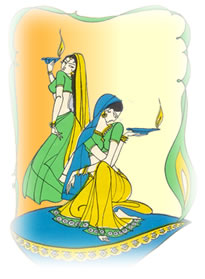Discovery Expedition (1901 - 02)
was led by Robert Falcon Scott with the purpose of undertaking scientific research and exploration along the coast of the Ross Sea in Antarctica. He was sent home half way from the expedition due to differences with Scott.
Nimrod Expedition (1907-09)
The aim was the conquest of both the geographical South Pole and the South Magnetic Pole. Shackleton worked hard to raise money for this expedition at that time as secretary of the Royal Scottish Geographical Society.
The South Pole was not attained, but on 9 January 1909 Shackleton and three companions reached a new farthest south latitude of 88� 23' S, a point only 112 miles (180 km) from the Pole.
The South Pole party also discovered the Beardmore Glacier route (named after Shackleton's patron) to the South Polar Plateau, and were the first persons to set foot on the plateau.
The expedition's other accomplishments included the first ascent of Mount Erebus, and a journey to the approximate location of the South Magnetic Pole, reached on 16 January 1909 by Edgeworth David, Douglas Mawson, and Alistair MacKay.
Shackleton returned to the United Kingdom as a hero and was knighted. Soon after, he published a book about Nimrod's expedition titled The Heart of the Antarctic. Regarding the failure to reach the South Pole, Shackleton remarked to his wife: "Better a live donkey than a dead lion."
Endurance Expedition (1914?16)
which would carry the British flag across the continent from the Weddell Sea to the Ross Sea by way of the Pole.
Endurance capsized in icy seas and men abandoned ship. For almost two months, Shackleton and his men camped on an ice floe hoping that it would drift towards Paulet Island approximately 250 miles (400 km) away. After floating around for 4 months they used life boats to reach Elephant island in 7 days.
Elephant Island was an inhospitable place far from any shipping routes and thus a poor location to await rescue. Consequently, Shackleton felt it essential that he set out to find help immediately upon arrival, and to him, it was obvious that he must head back to South Georgia, even though it meant traversing 1,287 kilometres (800 mi) of open ocean in one of the lifeboats. The lifeboat James Caird was chosen for the trip.
The waters that Shackleton had to cross in his boat of 6.85 metres (22.5 ft) are among the most treacherous in the world.Weather reports confirm that gale-force winds of 60 kilometres per hour (37 mph) to 70 kilometres per hour (43 mph) are present in the Drake Passage between South America and Antarctica on an average of 200 days per year; they cause ocean swells of 6 metres (20 ft). After 14 days they reached South Georgia. They walked 36 miles in land and were the first people to cross those mountains. The men were stranded for 105 days before being rescued
Shackleton-Rowett Expedition and death (1921?22)
Shackleton set out again for the Antarctic aboard Quest intending to circumnavigate Antarctica by sea. On 5 January 1922, on this expedition he suffered a fatal heart attack. He was 47.
